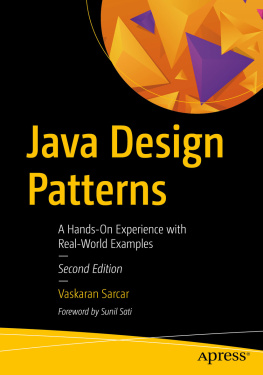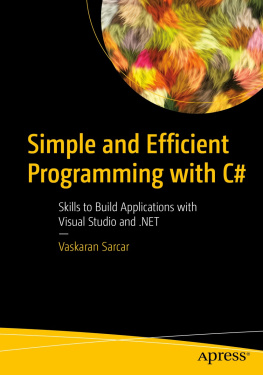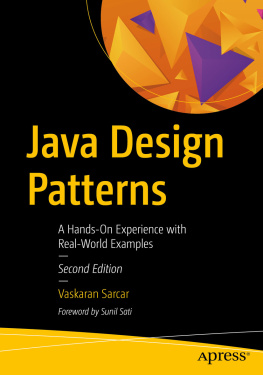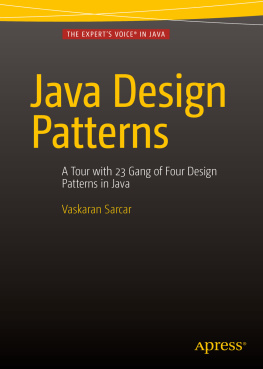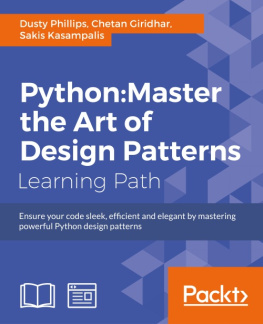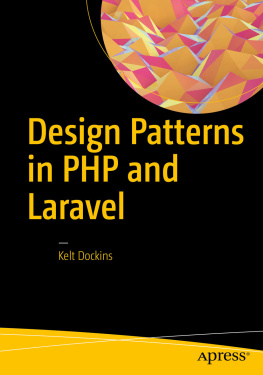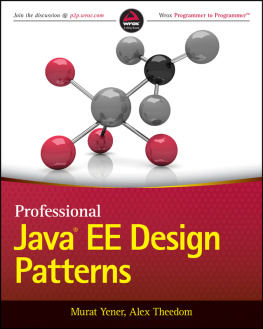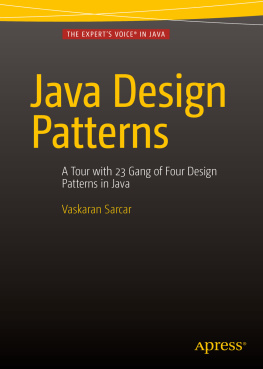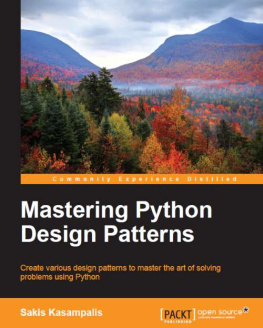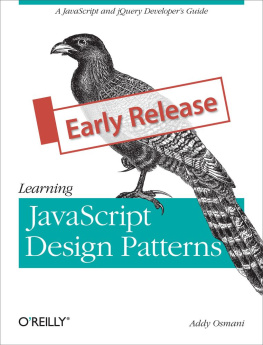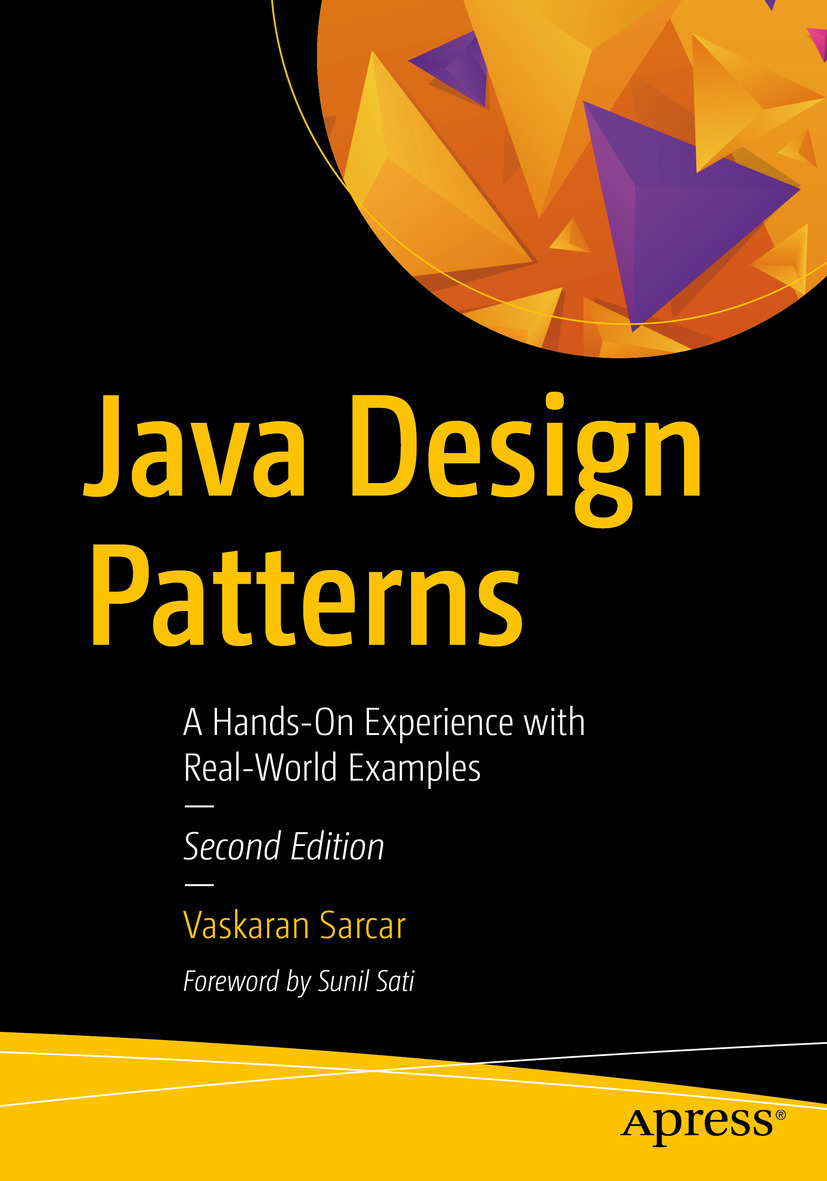A problem well stated is a problem half solved.
To build on this concept, I must say that thinking about all possible scenarios and coming out with a best possible option is the key to a robust and lasting solution. This new second edition of Java Design Patterns will serve as a mentor and guide to engineers and designers who are regularly challenged to come up with the best possible solution in resource-constrained environments. This book explains in very clear terms the design patterns, the alternatives, and the concept of antipatterns. The complete section on antipatterns is very thought-provoking and helps us appreciate the utility of design in the first place.
As in his previous books, Vaskaran has provided hands-on experience in implementing design patterns. His innate way of getting engineers to think of an alternative solution is very insightful. This book will serve as mentor and task master as one traverses the chapters.
When I reflect on my interactions with Vaskaran while facing some complex engineering issues in HPI, I find him to be a keen listener, deep thinker, and a person who doesnt rush for a solution. After analyzing all possible alternatives, he picks the best one among the lot. In summary, this is what this book all about.
Sunil Sati
Senior Project Manager, BU Automotive Division, NXP Semiconductors
About Sunil Sati
Sunil Sati is an engineer with a major in electronics and communication from NIIT Surathkal and EGMP from IIM-Bangalore. He has 23 years of experience in various roles and capacities in process automation and semiconductor industries. Currently, he is working as senior manager with NXP Semiconductors in the automotive division. He was the brand ambassador in HPI for the Print Renaissance program. He loves to work and build teams across geographic locations.
Introduction
Welcome to your journey through Design Patterns in C# .
This is an introductory guide to the design patterns that you want to use in Java. You probably know that the concept of design patterns became extremely popular with the Gang of Fours famous book Design Patterns: Elements of Reusable Object-Oriented Software (Addison-Wesley, 1994). Most important, these concepts still apply in todays programming world. The book came out at the end of 1994, and it primarily focused on C++.
But Sun Microsystems released its first public implementation Java 1.0 in 1995. So, in 1995, Java was totally new to the programming world. But it grew rapidly, becoming rich with features. It has now secured its rank in worlds top programming languages. In todays programming world, it is always in high demand. On the other hand, the concepts of design patterns are universal. So, when you exercise these fundamental concepts of design patterns with Java, you will be a better programmer and youll open new opportunities for yourself.
In 2015, I wrote Design Patterns in C#: Computer Science Interview Series , and in 2016, I wrote Java Design Pattern: A tour with 23 Gang of Four Design Patterns in Java . They are basically the companions to this book.
In those books, my core intention was to implement each of the 23 Gang of Four (GoF) design patterns with C# and Java implementations. I wanted to present each pattern with simple examples. One thing was always on my mind when writing Java Design Patterns (First Edition): I wanted to use the most basic constructs of Java, so that the code would be compatible with both the upcoming version and the legacy version of Java. I have found this method helpful in the world of programming.
In the last two years, I got a lot of constructive feedback from my readers. This fully revised and updated version is created keeping those feedback in mind. I also took the opportunity to update the formatting and correct some typos in the previous version of the book and add new content to this new edition.
This time, I wanted to focus on another important area; I call it the doubt-clearing sessions. I knew that if I could add some more information such as alternative ways to write these implementations, the pros and cons of these patterns, when to choose one approach over another, and so on, readers would find this book even more helpful. So, in this enhanced version of the original, I have added a Q&A Session section to each chapter that can help you learn about each pattern in more depth.
In the world of programming, there is no shortage of patterns, and each has its own significance. So, in addition to the 23 GoF design patterns covered in Part I, I discuss three design patterns that are equally important in todays world of programming in Part II. Finally, in Part III, I discuss the criticism of design patterns and give you an overview of antipatterns, which are also important when you implement the concepts of design patterns in your applications.
Before jumping into these topics, I want to highlight few more points.
You are an intelligent person. You have chosen a subject that can assist you throughout your career. If you are a developer/programmer, you need these concepts. If you are an architect at a software organization, you need these concepts. If you are a college student, you need these concepts, not only to score high on exams but to enter the corporate world. Even if you are a tester who needs to take care of white-box testing or needs to know about the code paths of a product, these concepts will help you a lot.

